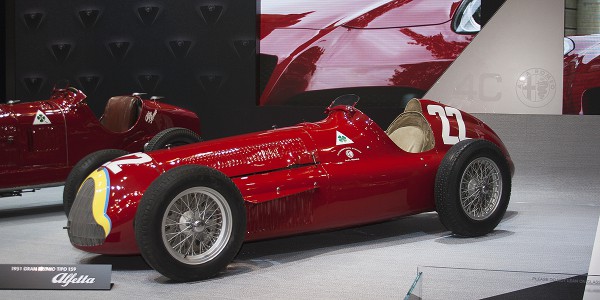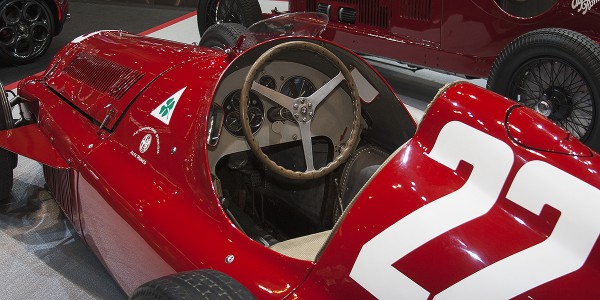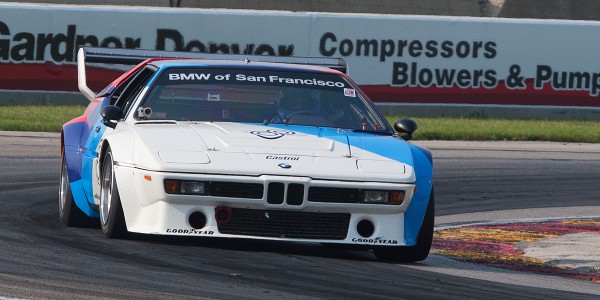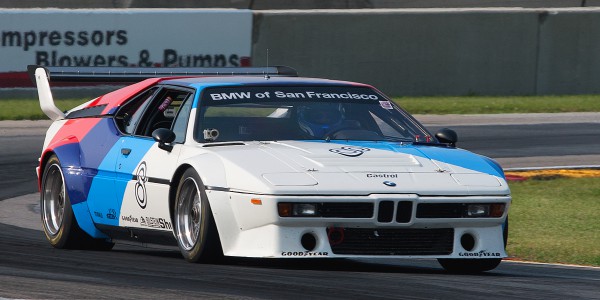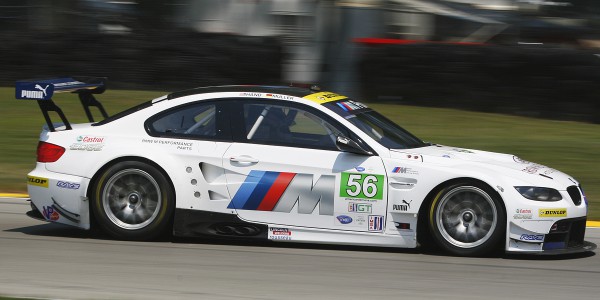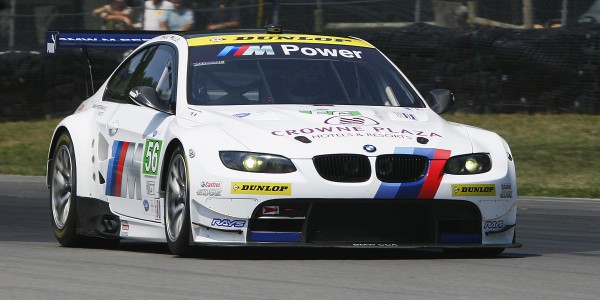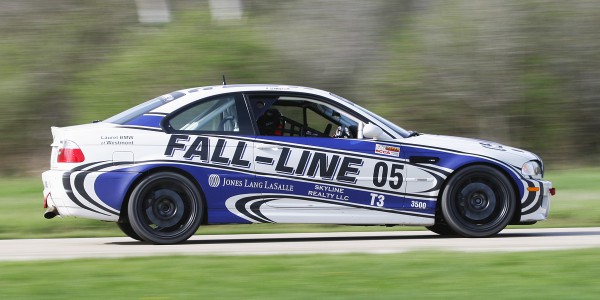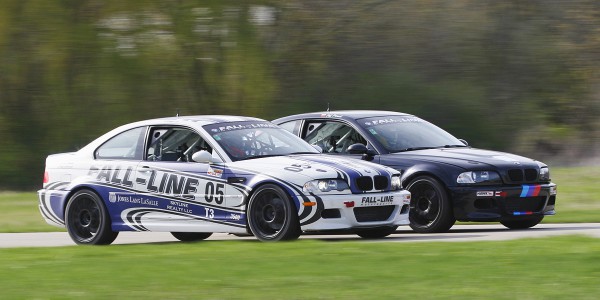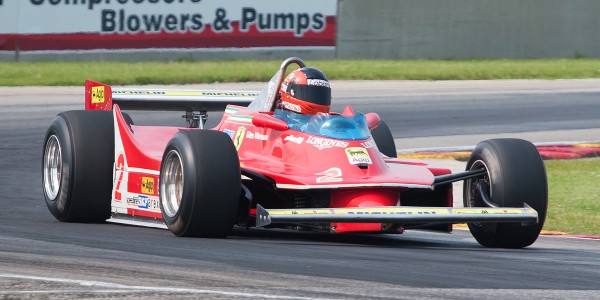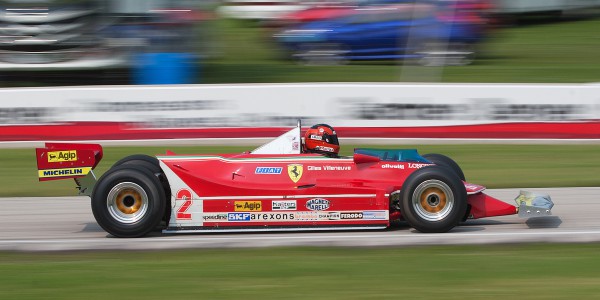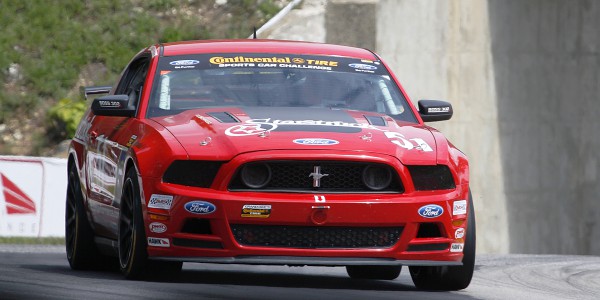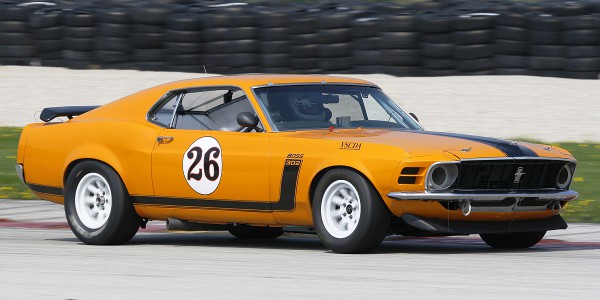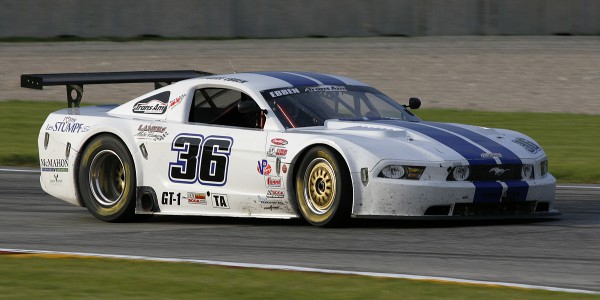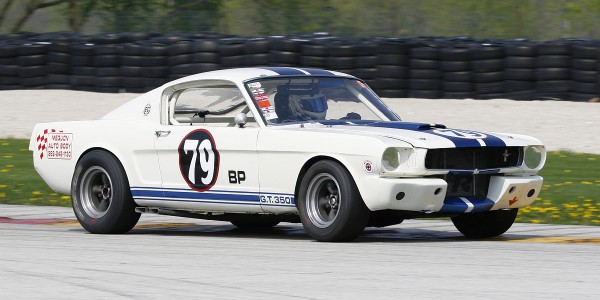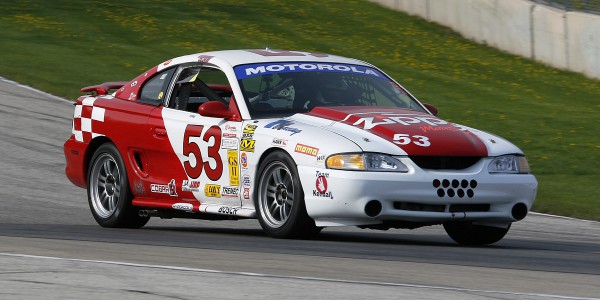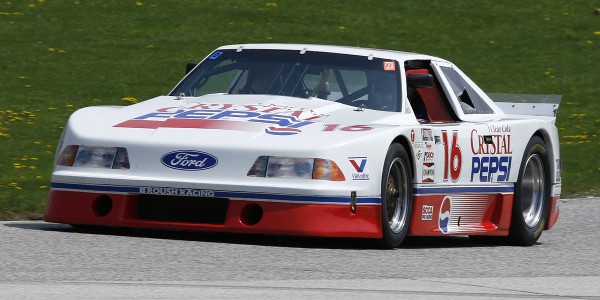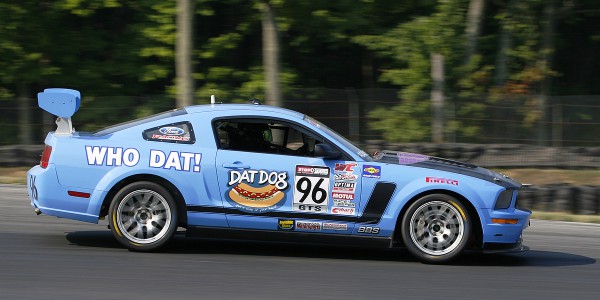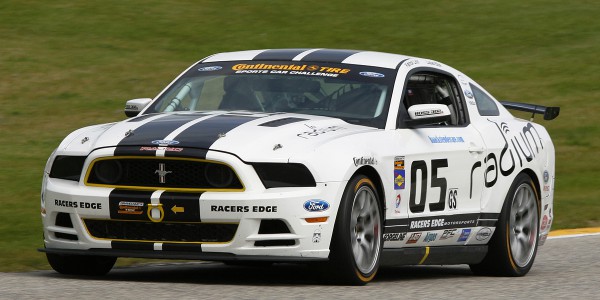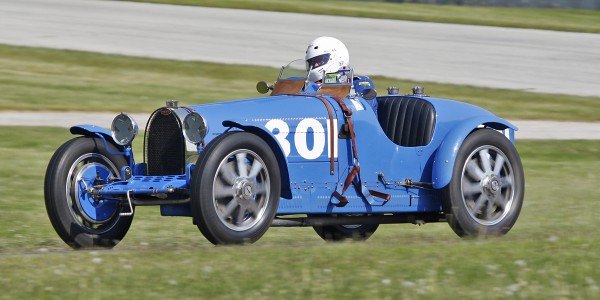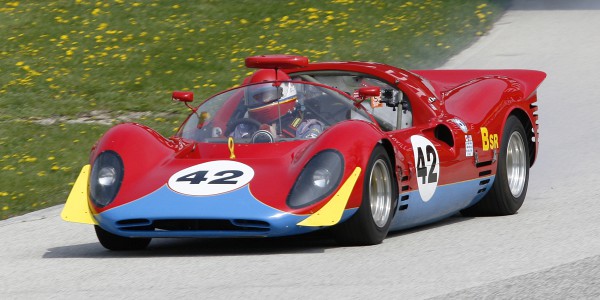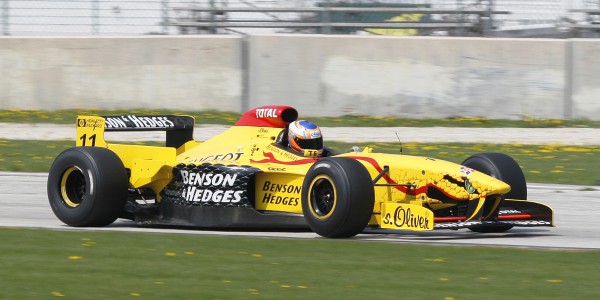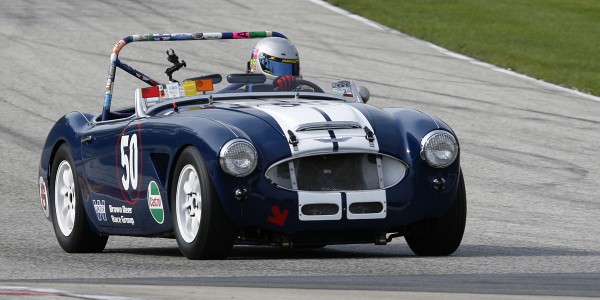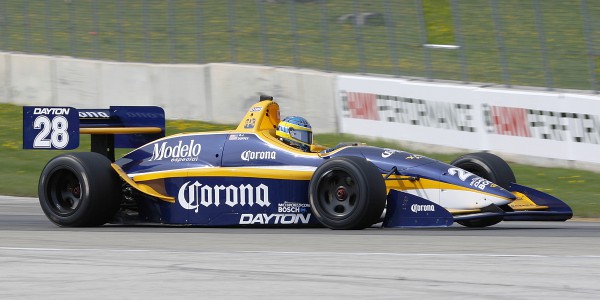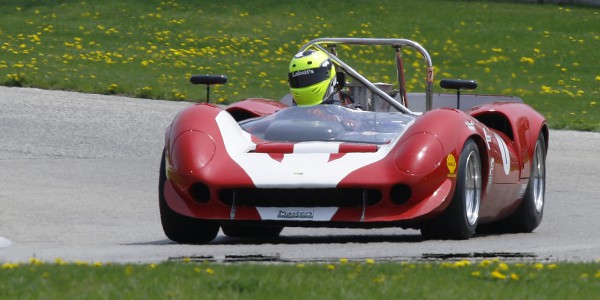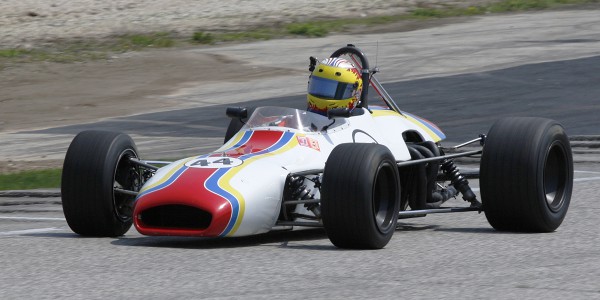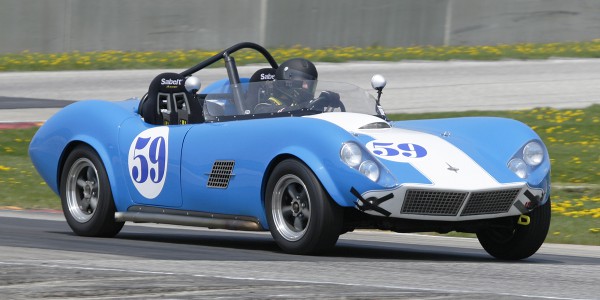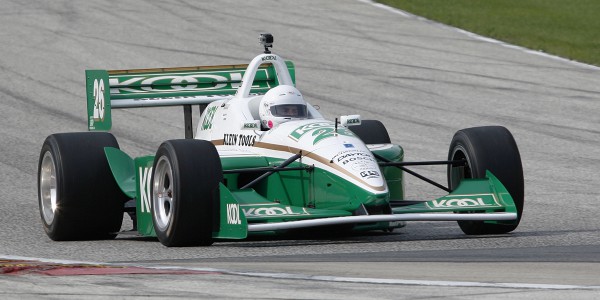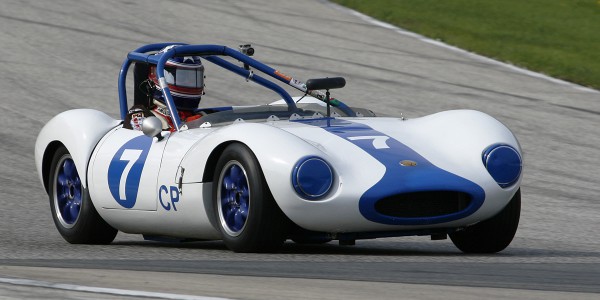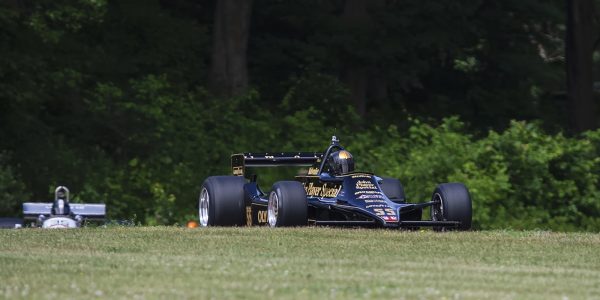
I believe 2014 was the first year I attended The Hawk with Brian Redman (now The WeatherTech International Challenge). I was immediately amazed with what I saw, cars I had only read about as a kid going past me at speed. Former CART Lola’s, vintage British and American racers of the 60’s, and the amazing pre war cars of the 20’s, 30’s and 40’s. I was so busy trying to capture as much as I could that I didn’t realized that just how many shots I had taken, and that I would soon need to change memory cards. Also it was then that I realized I had left my extra cards in my car. So with about thirty shots left I turned to go get the other cards. That’s when I caught site of a familiar car flash past me at the start of the next session. My first thought was that couldn’t have been a Lotus formula 1 car. Then I remember it did say John Player Special on the side. Needless to say I sprinted to the car to retrieve my others memory cards and get back trackside. Upon my return I then saw Tyrell, Ferrari, March, Hill, more Lotuses, Benetton, Shadow, and many others. I was impressed.
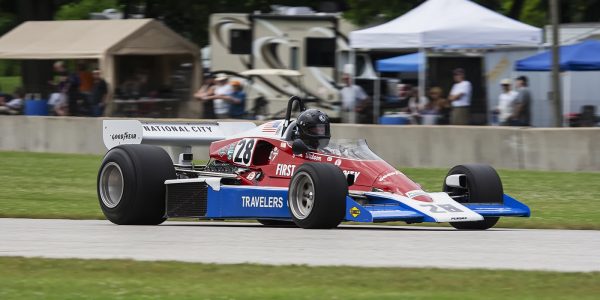

This was the FIA Masters U.S. class, a class consisting of vintage Formula 1 cars. They were back the following year as well, however they have not been back since. While we are regularly treated to the sights and sounds of the Benetton and Jordan owned by the French family, it would really be nice to have all of the others back. I guess what brings this all to mind is I recently saw photos of the Masters class running at some other track. I didn’t pay too much attention to where, just the pictures. I then started reminiscing about the first time I got to see these wonderful machines doing what they were meant to, drive fast. This years FIA entry list shows twelve cars scheduled to attend the WeatherTech International Challenge, and while I would love to see twice as many I have to take into account that most of these car reside in Europe. I imagine it would take a special event or anniversary to justify the expense of bringing them here. Now all we have to do is come up with just such an event. Any ideas?
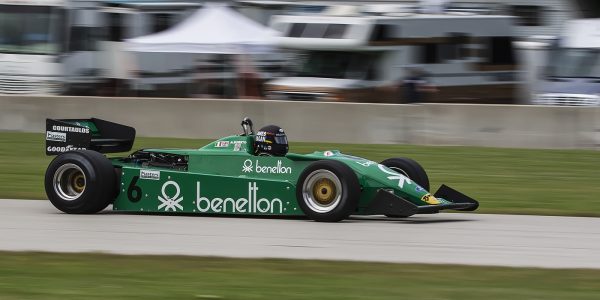
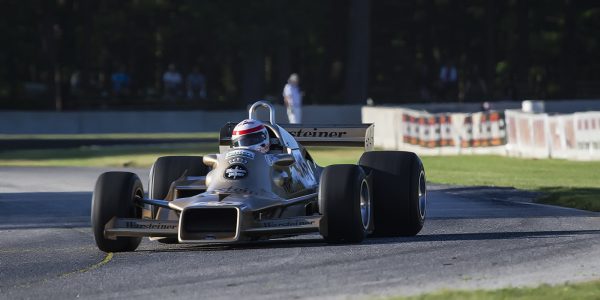
Joel

